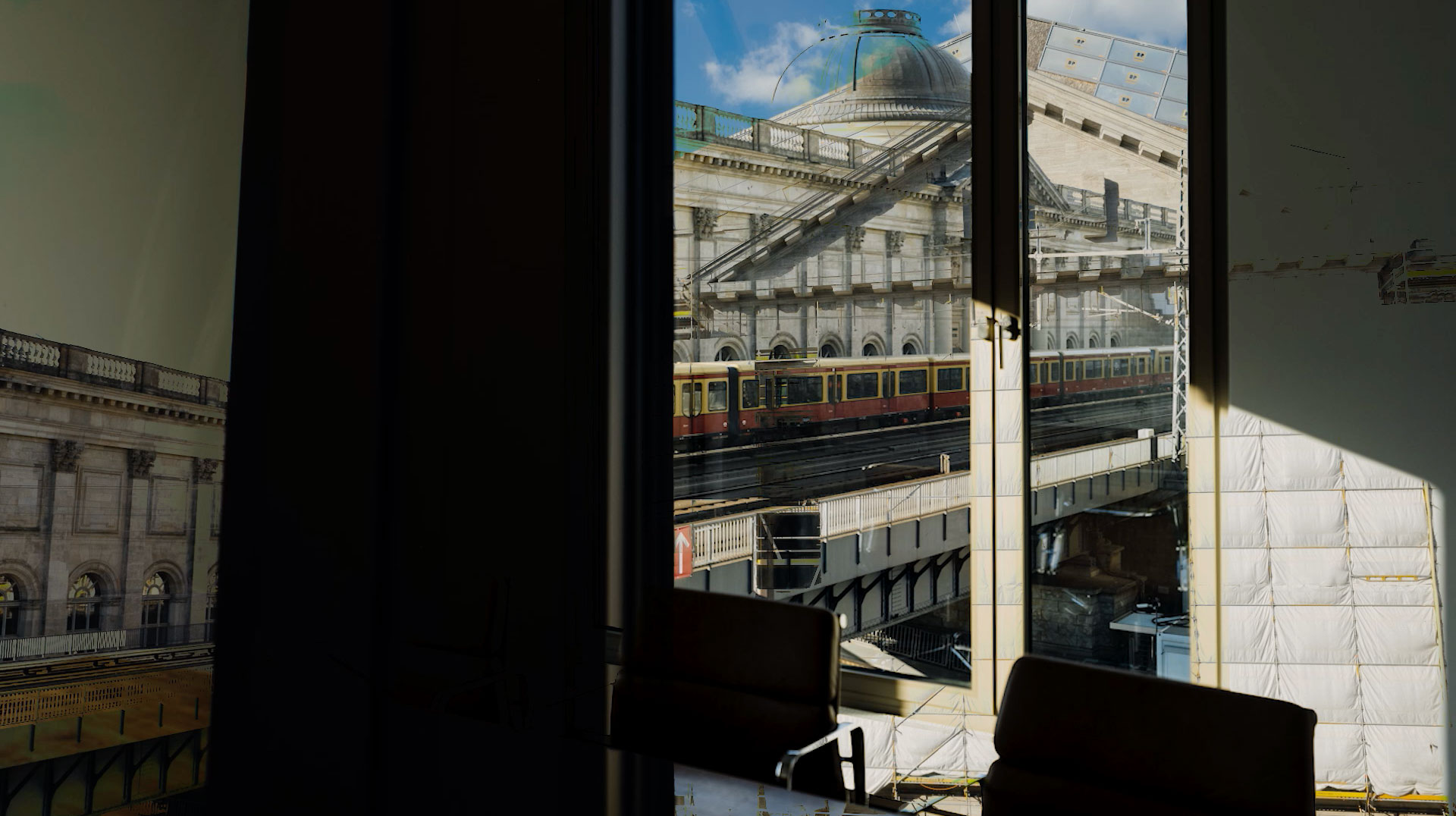If the estate is not organised, artists' legacies can be torn apart and deprived of their effect. Estate management planned at an early stage is the best way to ensure adequate care for the work and avoid legal conflicts. Ideally, the heirs or administrators should work together with cultural managers, museums and foundations.
The artist's estate as a Pandora's box
From our legal practice, we are familiar with many conflicts in dealing with artists' estates. Various points of contention arise, but they usually all represent variations on a common theme: the lack of early estate planning.
A basic model looks like this: The last will or testament of the artist - if one exists at all - desires the distribution of the work for posterity. This vague starting point can then be interpreted differently by the parties involved, depending on their own interests: For example, the spouse may wish to preserve the fame of the deceased artist and make the works accessible to as many people as possible. One descendant, on the other hand, wants to monetise the artworks and therefore wants to bring them to market as quickly as possible. The other descendant, on the other hand, would like to preserve the entire estate as a unit, but is not trained in art history and underestimates the administrative effort involved. Various museums are offering to organise exhibitions and publicity work in return for a donation of the works - so is it better to relinquish control here? At the same time, a foundation and a cultural manager are proposing to take over the administration and marketing, and the artist's gallery is also raising its voice, as it would like to participate in subsequent sales.
The result is a complex web of interests, some of which are diametrically opposed. Which party or parties are best suited to administer the artist's estate? Often the heirs are initially on their own and have to deal with any disputes.
Guide: How does good estate management work?
The following questions need to be clarified in order to ensure that the estate is managed appropriately and to avoid legal conflicts:
What should be part of the estate?
The first step is to decide which parts of the estate should be preserved - for example, only completed works or also preliminary studies, sketches, correspondence and exhibition material. Is there a central core of works? Should the entire oeuvre remain as a unit or do you want to put individual works on the open market? Artists or their executors should clarify these questions at an early stage and, ideally, organise the administration of the estate by means of a notarised will. After all, it is difficult to reconstruct the artist's will in retrospect.
Who will manage the plant?
The next step is to clarify who will manage the work in the future. There is usually a choice between the family on the one hand or a third-party organisation on the other. These can include foundations, associations, archives, museums or galleries. A central selection criterion is the question of how important the family's personal connection is: do the relatives have enough time, expertise, a sense of responsibility and emotional distance to represent the work in the best possible way? On the other hand, there is the experience of art institutions that are already familiar with the professional care and marketing of artists' estates. While relatives serve as figureheads for an artist's estate through their personal closeness, institutions often have better infrastructures and resources at their disposal.
How and by what means is the work managed?
The question of the optimal administrator is linked to another consideration: How should the work be looked after in the future and what resources are needed for this? Classic examples are the exhibition of an estate in the artist's studio or home, in a new private museum, or in public buildings and museums. In each case, the financial and spatial requirements for the storage, insurance and exhibition of the works must be considered. Additional costs may also be incurred for transport, photographic documentation, archiving, public relations and appraisals. External service providers are often commissioned for these tasks or assistants are employed.
Co-operation and joint solutions
The financial burden of looking after a work can quickly become an obstacle, especially for descendants. This becomes particularly acute when the artists in question wish to give away or bequeath works that have a high market value. As with the inheritance of property in large cities, where the market has risen rapidly, taxes can be so high that descendants may not be able to afford them at all.
One solution to this dilemma is to set up a foundation or a charitable organisation. Both legal models are not designed to make a profit and make it possible to make donations to them without having to make a large financial outlay. At the same time, they offer a great deal of room for manoeuvre in terms of content, which can be used to communicate the artist's work to the public.
Foundations and associations always have a board of directors, optionally also a supervisory board or a board of trustees. These bodies can be made up of family members, stakeholders from public cultural organisations and the art market, thus combining the strengths of the different areas. In many cases, this middle ground allows for optimal representation of artists' estates.
Public museums and archives are a further option for the management of estates. They are particularly suitable if there is already a high level of public interest in the artist, as this is when the public sector is most willing to (co-)finance them. If the long-term market value of the artist is in the foreground, art galleries are again suitable partners due to their often international customer networks. In contrast to public institutions, however, less emphasis can be placed on keeping the corpus of works together.
A relevant oeuvre is based on the strategic planning of the estate
Despite all the disputes that arise, one thing must not be forgotten: An oeuvre left behind is always a treasure. It can often only be recovered by joining forces. For this to succeed, external counselling is often necessary to bring all parties to the table and mediate between their interests. Conflicts over estates form a pattern that repeats itself. Early counselling increases the possibility of amicable solutions.
In our experience, it is important to plan an estate strategically. Whether with the help of a foundation, an association, an artists' archive as a non-profit limited company or in the form of a public-private partnership - there are numerous models for estate planning that can be chosen and utilised. An independent third party can guide the heirs and stakeholders through the process and manage the establishment of boards of directors and other bodies without losing sight of the overarching interests of all parties.

